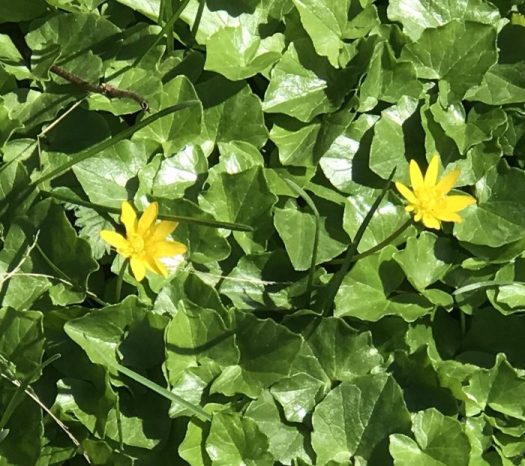Have you seen a little yellow flower that you think is very pretty blooming on your property??? It forms a ground-covering carpet of bright green, heart-shaped leaves dotted with ranunculus-like flowers. You may have looked at it and thought it was the first sign of spring!

If your answer is yes, prepare for battle! This is a really nasty invasive species that comes from Europe and is taking over North America. Is buttercup would beLesser celandine or, more commonly, just a pretty buttercup. It was introduced into the trade as an ornamental plant and had a dizzying rise. Spring ephemeral, the plant appears very early in spring, outcompeting and crowding out other spring ephemerals. Ephemeral simply means that it appears for a short period of time, taking advantage of the available light before the trees leaf out, and then disappears.
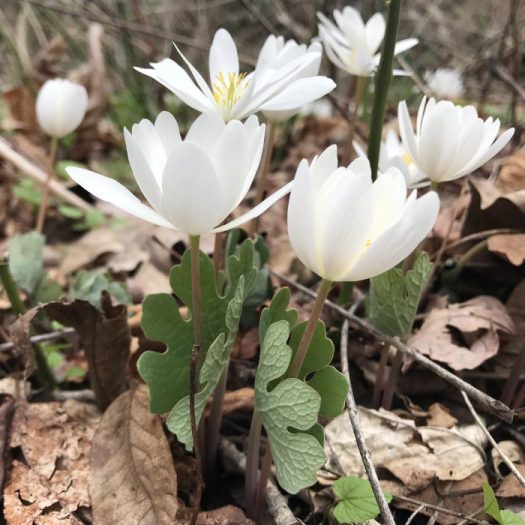
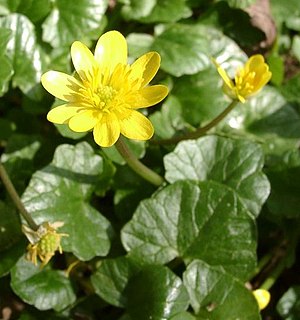
Lesser celandine belongs to the Buttercup family and is spreading rampantly everywhere and can grow in all types of conditions. I see it in many workplaces and the first thing to do is spray it repeatedly with a herbicide before it takes over the entire property. It is possible, but very difficult, to dig up, but most of the time, when digging it simply spreads due to fingers like tubers underground. If you want to spray an organic herbicide, there are several available at the hardware store.
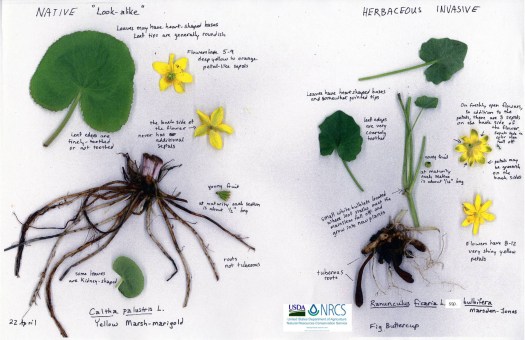
It completes its life cycle in winter and spring and disappears when warm weather arrives, but is just preparing to emerge in increasing numbers the following spring with multiplied tubers. He is relentless and very aggressive! This Ranunculus is smothering all the most desirable native plants that are so necessary for local pollinators. Without natural predators to keep it under control, it spreads…. and it spreads… and it spreads. And the diversity of the ecosystem suffers.
Sometimes, when transplanting a plant from another property, it is possible to unknowingly import it. I did this and as soon as I saw it at the base of the desirable plant, I dug it up immediately. Roundup would have killed the other plant, so I’ll be on the lookout to make sure I get it all. Persistence is key with this plant!
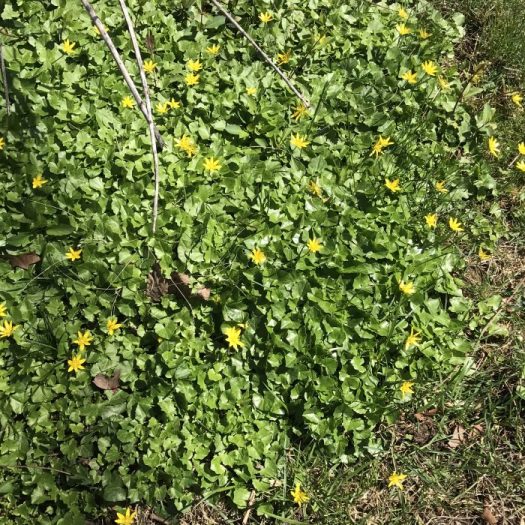
Spray with an herbicide early, when the weather is at least 50 degrees. As spring progresses, spraying becomes less successful and you are more likely to over-spray other species.
